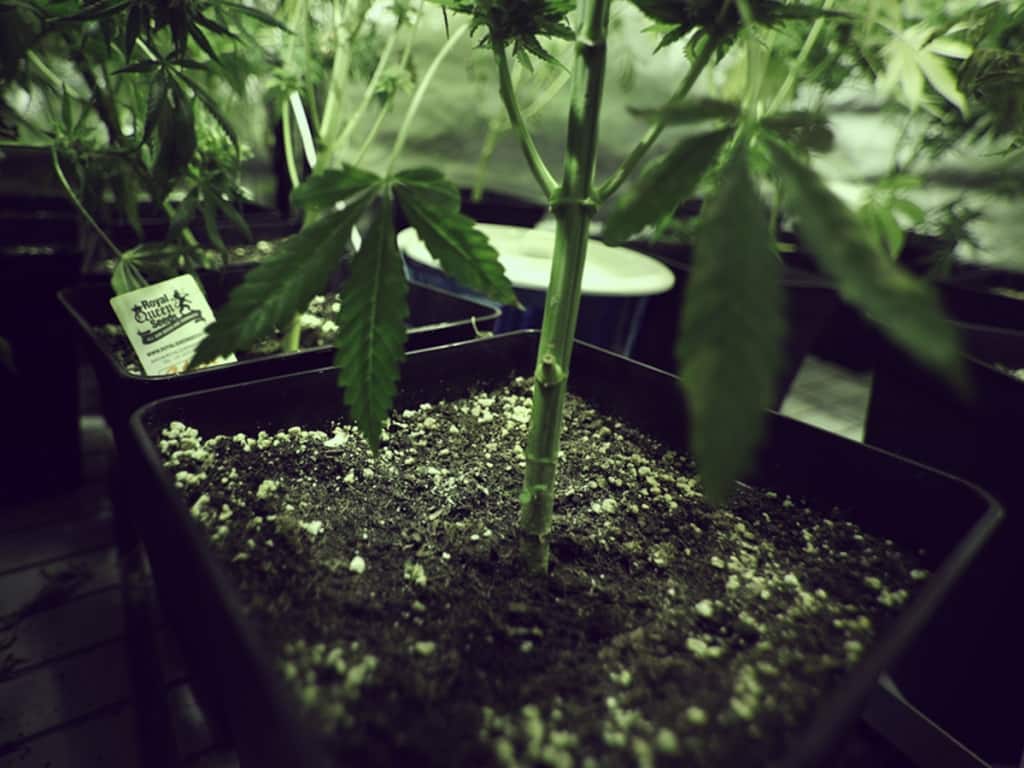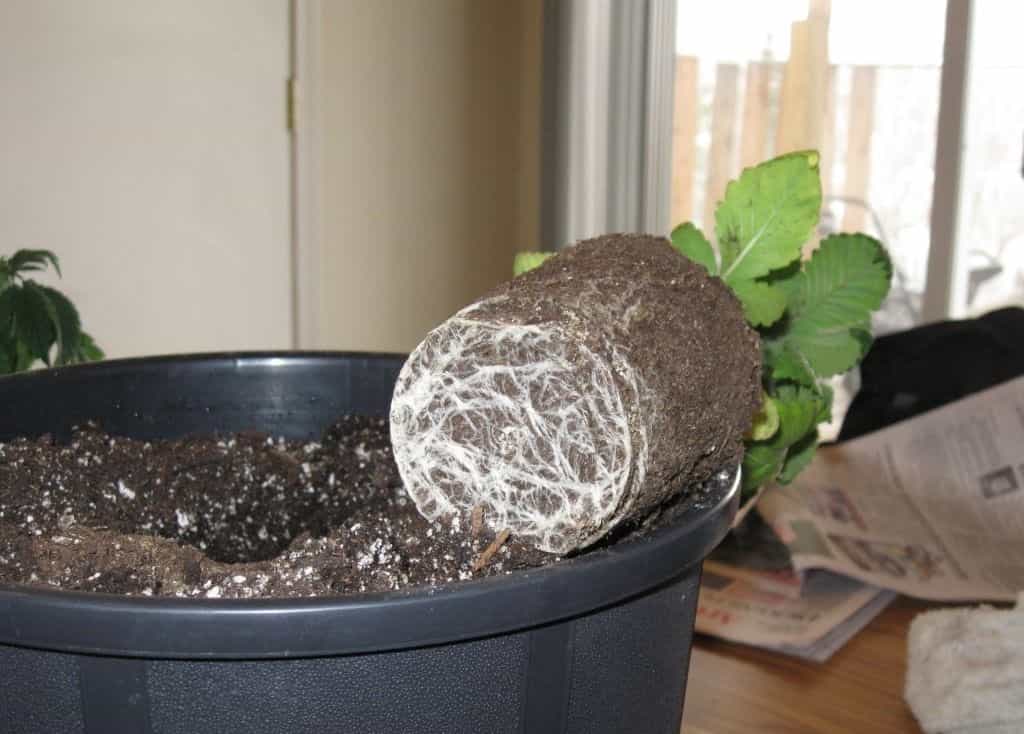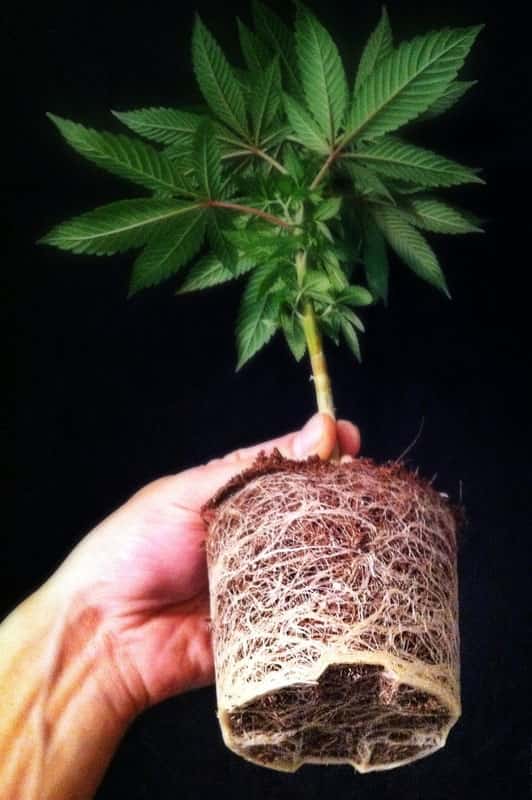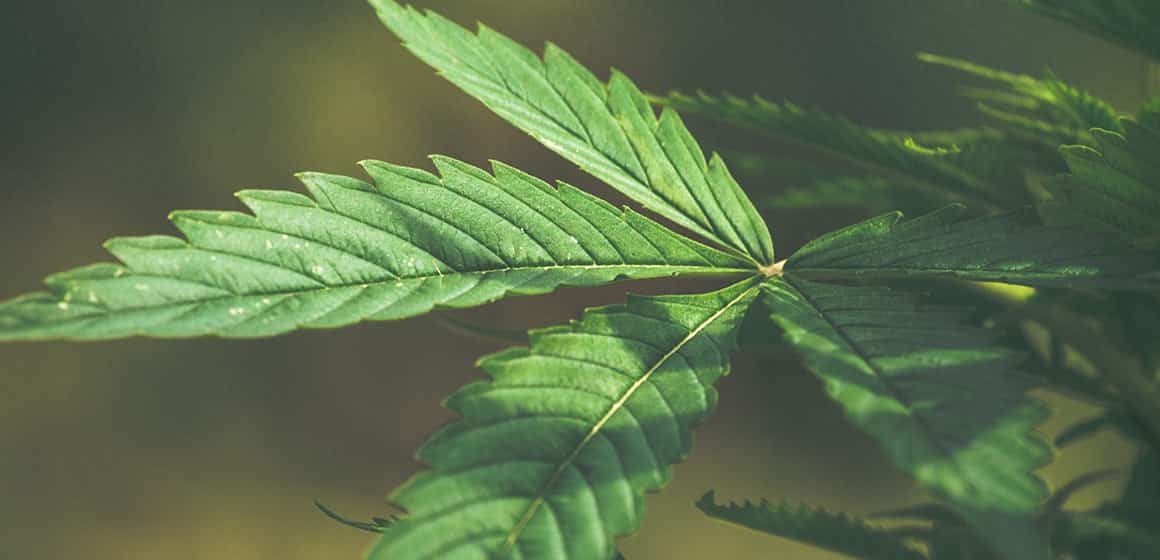How to Save and Prevent Rootbound Cannabis Plants
Rootbound is a common problem all growers might run into at some point in their career. Rootbound refers to the phenomenon where a plant's roots have fully conformed to the shape of their container. This issue occurs more often when the plant is grown indoors but can happen to outdoor grow projects as well. Cannabis plants grown outdoors can easily spread their roots without limitation. Although, even outdoor plants can outgrow their surroundings if the garden bed is contained by walls. In this article, we are going to talk about why rootbound occurs, how to recognize it and what you can do to prevent and fix it.
Sometimes, outdoor grows aren't the best option. Space limitations, cold climate, availability of sunlight might all be factors that make indoor grow projects more suitable. As such, relying on the use of containers to facilitate your plants indoors greatly increases the chance rootbound can occur. Plants that have become rootbound are susceptible to various grow problems, so it's important to understand what rootbound is, if it has occured, and how to fix it if it has occured.
In most cases, a plant becomes rootbound when they have outgrown their planter or containers. Waiting too long to move your plants into a larger container increases the chance of rootbound occuring. Plant's risk the chance of becoming rootbound in any growing medium. Even outdoors, the plant's roots might be restricted by pipes, walls or other obstructions. It's important to be weary of how fast your plant is growing in its surroundings. Especially given a weed like cannabis, where growth can sometimes be fast and unpredictable.
RECOGNIZING ROOTBOUND
Healthy roots are important for encouraging proper growth and develop in a plant. Developmentally challenged root systems can lead to vitamin deficiencies in the plant, and in the worst case, it can even mean losing the plant completely. In any case, there are some symptoms you can look out for before deciding to remove the plant from its container.
Vitamin deficiencies are the most common signifier that a problem with the roots have occured. If the plant has become too large for it's container, chances are the roots will not be able to absorb enough nutrients. This could be noted by yellow or brown spots, wilting, and crumbling of the leaves. That is, if you have already ruled out the possibility of pH imbalances, nutrient deficiencies and watering as probable issues. To rule other possibilities out, watch for nutrients burn. You will be able to see discoloration of the leaves even if you are feeding your plant lightly.
Containers drying out too quickly can also be an indicator of rootbound having occurred. Like nutrients, a plant that is too big for it current container will be absorbing more water than the container can hold. If you are finding you are watering your crop very often, and it is still not getting enough water, or that the soil is drying out too fast, it's possible the plant has become or is becoming rootbound.
Plant growth can become unsustainable due to rootbound, as well. This is obvious
When your plants have grown too large for their container and begin to fall over. Hopefully, you should be able to recognize that your plant needs to be repotted before this happens. Otherwise, the plant may become flimsy and unable to hold it's shape after a while. If you are having this issue, you can assume rootbound has already occurred and you should transplant your crop immediately.
You may be able to recognize rootbound further into the plant's life cycle if you are noticing smaller flowers with stunted growth, or if the plant's growth has slowed down altogether. Rootbound can cause the your cannabis plant to become sick wilted or droopy unexpectedly.
If you are finding one or more of these symptoms is applicable to your plant, you will have to remove it from its container and inspect its roots to see if it has become rootbound. This process will have to be done carefully as over handling a plant can be detrimental to its health. Sometimes you may not have to remove the plant from its container to see if it has become rootbound. You can visually, inspect the bottom of the pot to see if roots are peering out the holes. If so, it's time to move your plant into a bigger container.
SAFELY TRANSPLANTING YOUR CROP
Removing your pant from its container should be done rather carefully as to not damage the roots. To remove the plant from its container you'll want to get a good grip on the stem, right as close to the soil line as possible so that the stem fits between your index and middle finger. With your other hand, grasp the bottom of the container and begin to turn it over. With larger plants you'll want to be careful to not damage the stem as you are turning the plant over. Once you have turned over the plant, use the hand grasping the container to pull it off. In most cases, the container should come right out. If you are finding the container is a little stuck, squeeze it a few times to loosen up the soil. This should be the furthest measure you take before considering more intrusive repotting methods.
If you are unable to simply remove the plant from its soil you might have to take a long blade and run it through the the inside edge of the container. However, if the plant has become so rootbound that the soil is to compact to remove from its container, you will need to find a way to carefully break the container open to free the plant from it. Again, it is recommended this is done carefully to not damage the plant or its roots.
LOOSENING THE ROOTBALL
When you have freed the plant from it's container you will notice the soil has become fully compact and conformed to the shape of its container. Chances are, the roots will be bound in a tight shape, and in worse cases, might even be fused together. This prohibits the roots from being able to grow freely, so they must be loosened up again before planting them into their new home. Carefully use your fingers to break apart the soil bound to your roots. It is recommended to wash your hands before and after a handling the plant's roots.
CUTTING THE ROOTS
In severe cases the plant may have become so rootbound you may not be able to loosen the roots simply using your hands. If this is the case, you will need to make root incisions to properly free them. You can do this using a knife or box cutting blade. You will have to cut a few bottom-to-top incisions along the outer layer of the root ball. Doing so will allow you some leverage to split the root ball up and break apart the soil. Be careful to only cut through thin roots, cutting larger tap roots may hurt your plant's ability to properly absorb nutrients and water. Two to three evenly spaced cuts should be all you need to properly free your plant from its rootbound state.
MOVING THE CROP INTO A NEW CONTAINER
Now that your plant is free, you will want to move it into a container with enough room for it to grow into a sturdy healthy plant. Find a big enough container that will sustain your plant for a fair amount of time, but not so big that the plant will grow downwards and not up. Once you have found an appropriate container, fill it with soil, and dig a small hole towards the center so you can align your plant in an even space within the container. Make sure you only bury your plant up to the same point as it was in its previous container. As well, make sure not to pack the soil to tight once the plant has been repotted. The roots should now be able to grow freely uninhibited. Once you have moved the plant into its new container, water the soil. You might also want to consider using root stimulant to help the roots branch out after they have been rootbound.
The plant should be in better shape now that it has been repotted into a large container. However, due to the nature of transplants, it is quite possible the pant might be vulnerable to shock for the next little while. At this stage it's important to keep stress levels down for your plant to make the most out of its recovery stage. You can do this by feeding it lightly, and if possible, turning down the light down for a few days. You can see the plant has made a full recovery when growth begins to happen again. This might take anywhere from a few days to a few weeks, once the plant is ready, you can resume its normal lighting and feeding schedule.
PREVENTING ROOTBOUND
It's not difficult to prevent rootbound if you are diligent and aware of your plant and its surroundings. The best way to do this, is to be diligent in changing your plant's housing, especially in the earlier stages of its life. Rootbound is sometimes an unfortunate fact of the growing project but it can be avoided. Plant your crop into a big enough enough pot so it has some room to grow into. Keep this in mind if you are typically busy and cannot attend to your plants as much as you'd like to. Don't wait until your plants have outgrown their container before replotting them.


How to Save and Prevent Rootbound Cannabis Plants Discussions and Comments
Have something to say about this? Use the area below to discuss with the community!